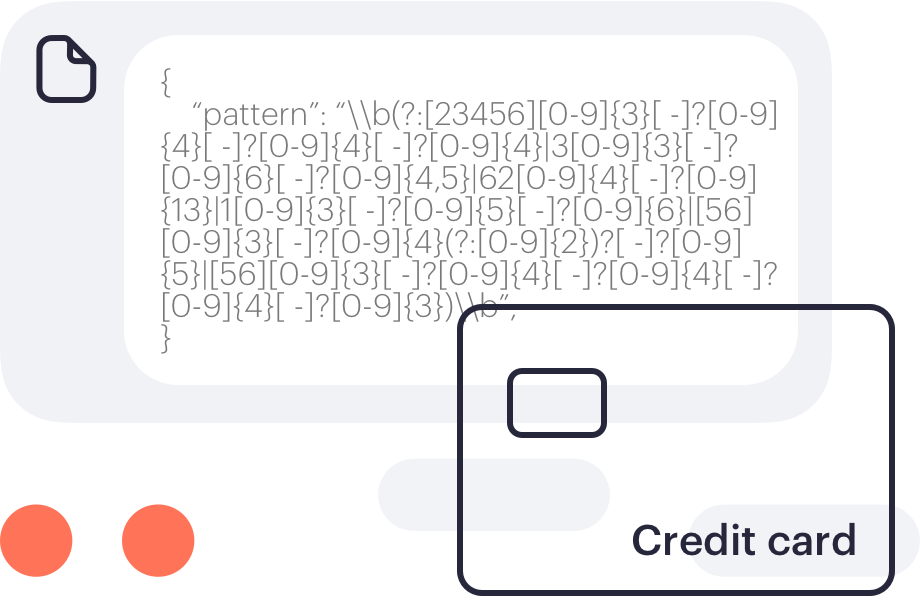Fortinet Acquires Next DLP Strengthens its Top-Tier Unified SASE Solution
Read the release

To protect sensitive information and meet compliance requirements, organizations need to see and block sensitive data in email applications on the local machine and in the browser based on data classification and the identities of the sender and recipient.
Understanding which emails and attachments contain sensitive information – and whether there is a legitimate purpose for providing that information to each recipient – presents a challenge to security, risk, and compliance teams. Legacy solutions make this more difficult with large endpoint footprints that require time and effort to identify and tag sensitive information across an enterprise, then manage user permissions through static rules that lack context. The result is high overhead and frustrated users.

Reveal extends built-in email security with next-gen insider threat and data protection capabilities.
Next uniquely uses machine learning on the endpoint to identify anomalous activity that traditional rules-based approaches may miss. Behavioral analytics combines multiple algorithms for user, entity, and network activity and automatically evolves with the user and business. On-device intelligence keeps personal data on the device rather than sending it to the cloud.

Reveal works autonomously on endpoints to detect and mitigate threats, on and off the corporate network. You can display policy and warning messages or halt suspicious activity by isolating devices from the network, locking out user sessions, blocking uploads, and killing processes to protect your organization.
Support across all email channels
Reveal can discern between work and personal email accounts to ensure sensitive data is used appropriately without impeding proper use. It monitors all inbound and outbound message fields, including all email header fields, subject content, body content, attachment content and size.

Reveal monitors all inbound and outbound message fields, including all email header fields, subject content, body content, and attachment content and size.
Reveal eliminates the painstaking requirement of legacy DLP to pre-classify all data in an organization. Reveal inspects and classifies data in real time - as data is accessed and used.
